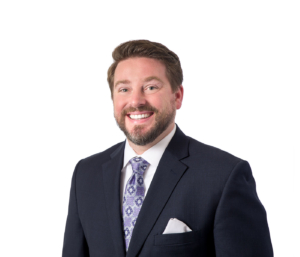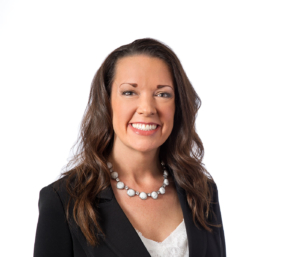June 24, 2021
On June 23, 2021, the U.S. Supreme Court ruled that a Pennsylvania school district violated the First Amendment rights of a student and cheerleader when it punished her for off-campus student speech. The Court’s opinion significantly affects how and to what extent schools can regulate students’ off-campus expressions without running afoul of the First Amendment.
In the case, a high school student, B.L., tried out for and failed to make her school’s varsity cheerleading squad. Over the weekend, and while not on school grounds, B.L. posted two images to Snapchat (a social media application), which expressed frustration with the school and the cheerleading squad. One of her Snapchat posts contained vulgar language and gestures. After B.L. posted the images, one of her Snapchat “friends” took a picture of B.L.’s posts and shared them with other members of the cheerleading squad and coaches. Subsequently, students approached the coaches “visibly upset” about B.L.’s posts. Questions about the posts also persisted during a class during school hours. When school officials learned of the Snapchat posts, the district suspended B.L. from the cheerleading squad for the remainder of the school year. In response, B.L. and her parents sued the district claiming that the school’s punishment of B.L. for her speech violated the First Amendment. The Supreme Court agreed with the student, ruling that the school violated her First Amendment rights when it suspended her from the cheerleading squad as a result of her Snapchat posts.
In so ruling, the Court first addressed the ability of schools to regulate students’ off-campus speech. The Court explained that, under Tinker v. Des Moines Dependent Community School Dist., schools have a special interest in regulating on-campus student speech that “materially disrupts classwork or involves substantial disorder or invasion of the rights of others.” With respect to off-campus speech, the Court concluded that schools’ ability to regulate student speech does not always disappear when speech takes place off campus, but rather, schools’ regulatory interests “remain significant” and “may call for school regulation” in certain off-campus circumstances, such as serious or severe bullying or harassment targeting particular individuals; threats aimed at teachers or students; the failure to follow rules concerning lessons, the writing of papers, the use of computers, or participation in other online school activities; and breaches of school security devices, including material maintained within school computers.
In addition, without setting firm or exact boundaries as to what kinds of off-campus speech a school can or cannot regulate, the Court identified three features of off-campus student speech that – “taken together” – mean that “often, even if not always,” the “leeway the First Amendment grants to schools in light of their special characteristics is diminished”:
- First, a school rarely stands in loco parentis when a student speaks off-campus.
- Second, from the student speaker’s perspective, regulations of off-campus speech – when coupled with regulations of on-campus speech – include all the speech a student utters during the 24-hour day, which requires courts to be more skeptical of a school’s efforts to regulate off-campus speech.
- Third, the school has an interest in protecting a student’s unpopular expression, especially off-campus, as America’s public schools “are the nurseries of democracy.”
Applying these features to B.L., the Court concluded that the Pennsylvania school district violated her First Amendment right to speak freely. Notably, B.L.’s posts reflected criticism of the rules of the community of which she was a part of; they were made and appeared outside school hours, from a location outside of school, and on her own time when the school did not stand in loco parentis; and she did not identify the school or target any member of the school community with vulgar and abusive language in her posts.
In regards to disruption, the Court held that there was no evidence of the sort of “substantial disruption” of a school activity or a threatened harm to the rights of others that might justify the school’s action under Tinker. Instead, in-class discussions about B.L.’s Snapchat posts took place for just a couple of days for about 5 to 10 minutes. Only some cheerleaders were upset about the posts. These in-school disturbances failed to meet Tinker’s “demanding standard” for regulating student speech.
This opinion impacts the ability of schools to regulate student off-campus speech. It also presents a number of questions about types and extent of off-campus student speech that schools can regulate without implicating the First Amendment. Similarly, the case poses questions about whether athletic codes of conduct or similar contracts with students/parents would allow schools to regulate off-campus student speech, including student social media posts.
Please contact us here if you have any questions about on or off-campus student speech.
James McWeeney is a partner at Walter Haverfield who focuses his practice on education law, labor and employment and litigation. He can be reached at jmcweeney@walterhav.com or at 216-928-2959.
Kathryn Perrico is a partner at Walter Haverfield who focuses her practice on education law. She can be reached at kperrico@walterhav.com or at 216-928-2948.

